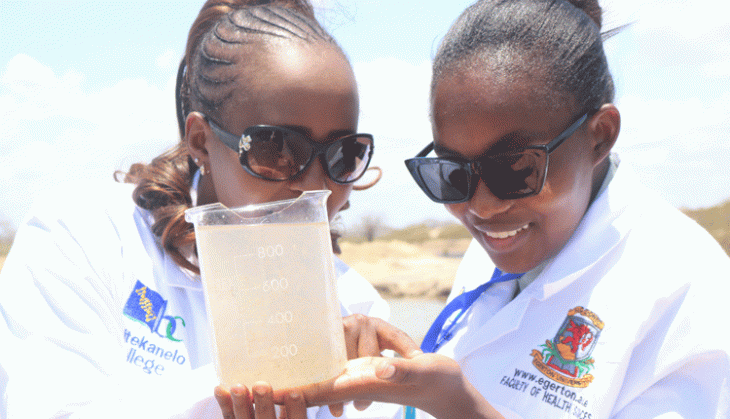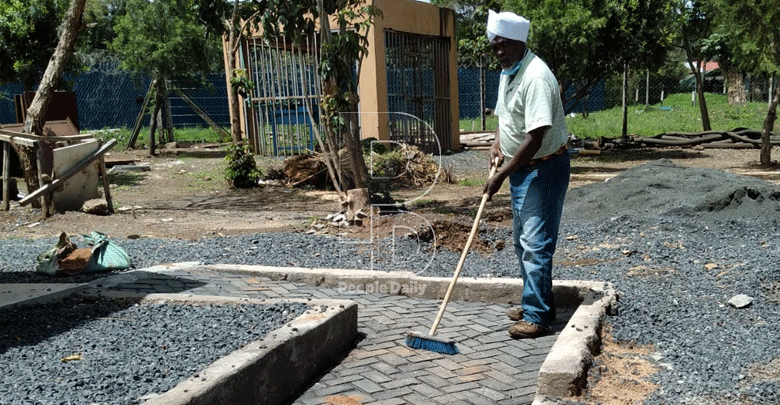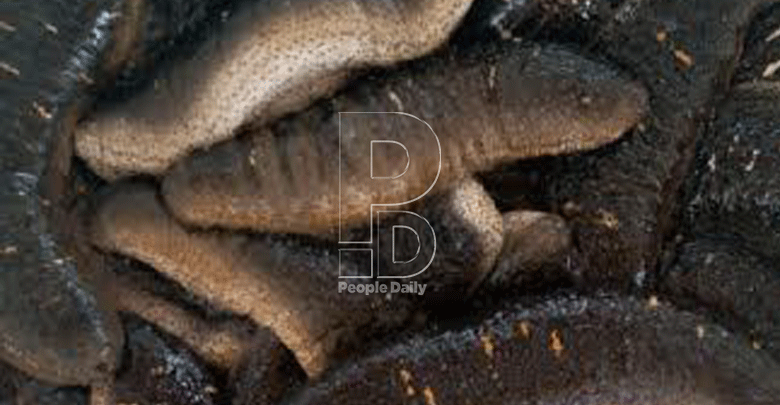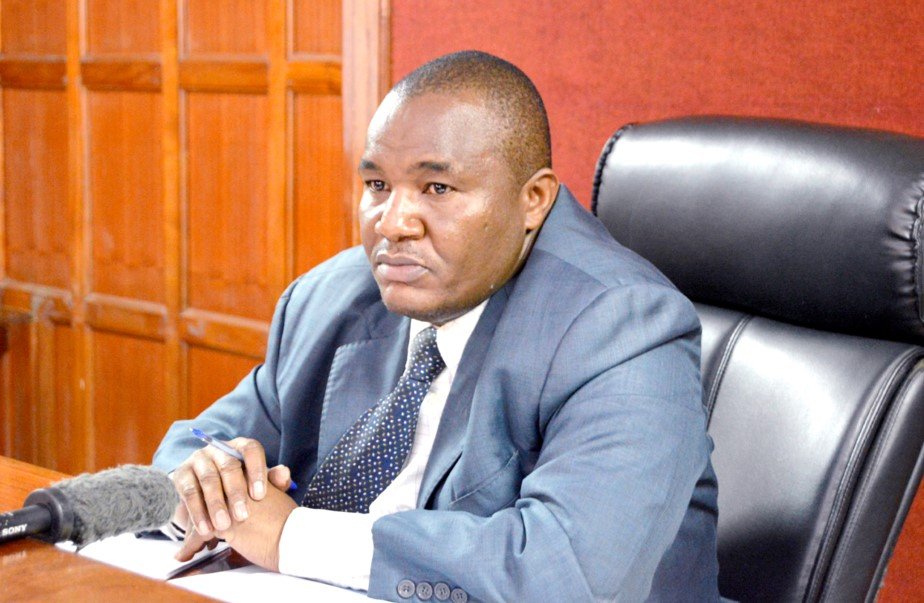Conserving neglected yet vital seagrass
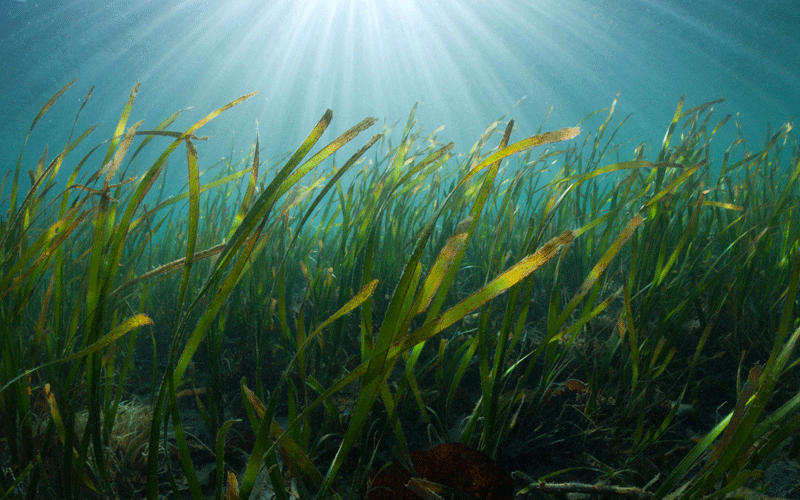
This ecosystem is crucial for survival of marine life, but its depletion is causing concerns globally.
Jasmine Atieno @sparkleMine
Kenya’s coastal and marine ecosystem consists of habitats interlinked to each other and connected to the terrestrial catchment areas through the exchange of water, nutrients and carbon by the tidally controlled circulation and river discharge.
These marine habitats consist of mangroves, seagrasses and coral reefs.
While the mangrove and coral reefs have received attention in conservation, there are few initiatives to conserve seagrass beds, according to Dr Judith Okello, Senior Research Scientist at Kenya Marine and Fisheries Research Institute (KMFRI).
Seagrasses are marine flowering plants that provide nurseries, shelter, and food for marine life, including sea turtles, dugongs and seahorses as well as associated faunal communities.
They also filter estuarine and coastal waters of nutrients, contaminants and sediments.
The relatively high rate of primary production in seagrasses drives remains-based food chains, which helps support many organisms.
Continued degradation
Regional director, French institute of Research for Sustainable Development, David Williamson, explains that although seagrass and mangrove are interdependent, the input of nutrients necessary for seagrass beds is controlled by rivers, the mangrove, and inputs from the sea.
“In fact seagrass depends more on mangrove than vice versa. When you destroy mangrove, you destroy a lot of nutrients to the seagrass ecosystem, which the fish is highly dependent upon for food.
The quality of water also affects the lagoon and this, in turn, affects seagrass, because the quality of water acts as the fertilising factor for it,” shares the scientist.
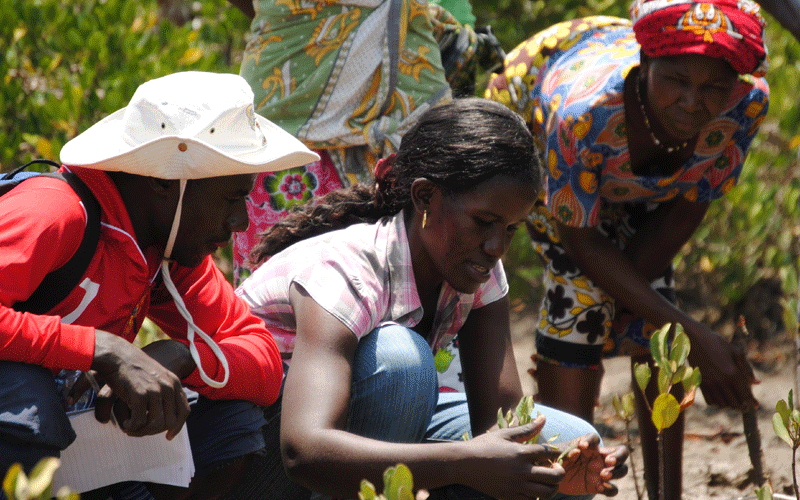
p.p1 {margin: 0.0px 0.0px 0.0px 0.0px; line-height: 10.0px; font: 9.0px ‘DIN Pro Light’} span.s1 {font: 7.5px ‘DIN Pro Light’}
Residents of Kibokoni monitor growth of mangroove seedlings as part of conservation efforts at the coast. Photo/PD/COURTESY
He adds that climate change has greatly affected the coastal marine ecosystem, something that could be managed through proper implementation and management of policies.
Seagrass beds are constantly undergoing continued degradation leading to losses of cover and biodiversity in many areas with rates of degradation varying from one site to the other.
The major threat to seagrass cover in Kenya include beach seining and trawling, as well as excessive browsing during over-exploitation of sea urchins particularly, Tripneustes gratilla (collector urchin), known to aggressively graze on seagrass beds.
“Climate change has affected the turbulence of water and the frequency of rainfall, and hence the supply of fresh water, which is extremely important to the mangrove and the marine ecosystem generally.
At the same time, human-induced impacts such as over harvesting of rain water for domestic uses have posed a threat to the supply of water necessary for the mangrove ecosystem,” he adds.
Chairman of Vumilia Nguvu Kazi group in Vanga village Kwale county, Daudi Faki says many challenges to the marine ecosystem are human and natural induced stressors found to drive changes in the marine ecosystems.
“Other major stressors include pollution, dredging and boating activities exacerbated by climate change effects,” he says.
A number of community initiatives supported by KMFRI have taken root along the coast in a bid to conserve the marine environment.
“By virtue of the provisions of the Forest Conservation and Management Act of 2016, forest adjacent communities are taking up measures of conservation and restoration of mangrove forests through participatory forest management by establishing Community Forest Association (CFA).
This is in addition to community groups, which are not necessarily anchored on CFAs, but are supported by NGOs and government institutions to conserve mangroves,” says Dr Okello.
Vital vegetation
The Management And Conservation Strategy for Coral Reefs ansd Seagrass Ecosystems (KWS, 2013) is also in place to help with restoration.
It is guided by six objectives focusing on threats, and mitigation measures to coral reefs and seagrass ecosystems.
KMFRI has also undertaken a study on feasibility of seagrass restoration in Diani-Chale and Wasini and is yet to be fully rolled out to the community groups.
